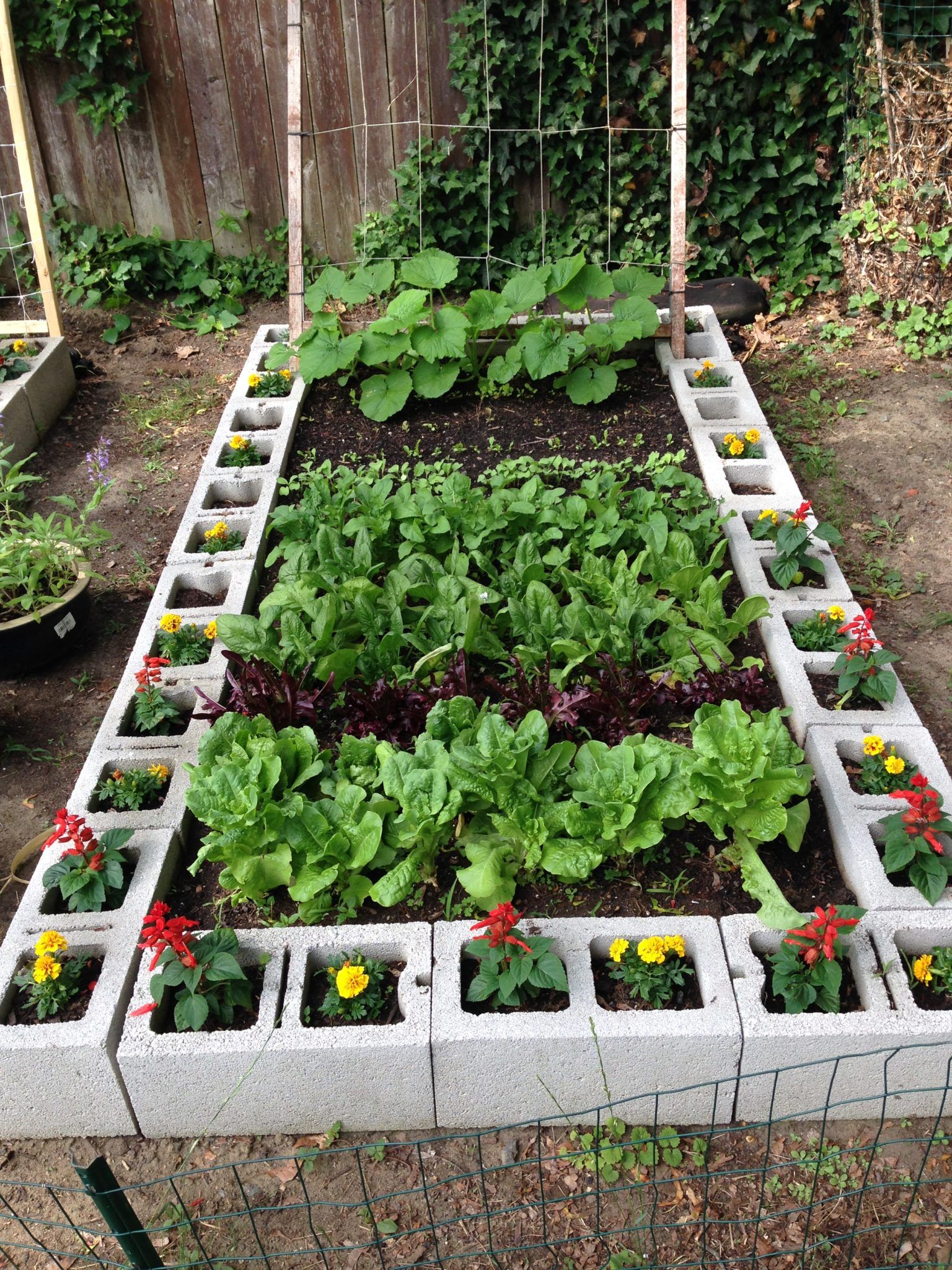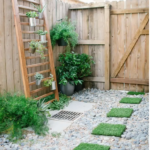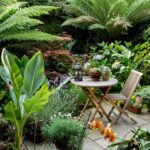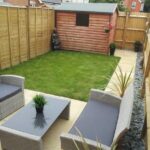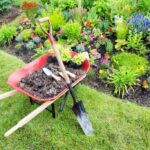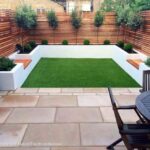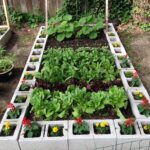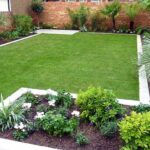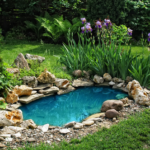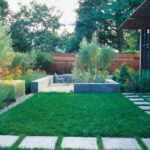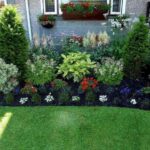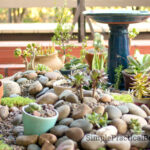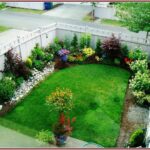Creating a beautiful and functional garden design doesn’t have to be complicated. By following a few simple guidelines, you can transform your outdoor space into a peaceful and inviting oasis.
One key element in garden design is to consider the layout and flow of the space. Think about how you will move through the garden and what areas you want to highlight. Create defined pathways and designated areas for different activities, such as dining, lounging, or gardening.
Plants are another important aspect of garden design. Choose a mix of flowers, shrubs, and trees that will thrive in your specific climate and soil conditions. Consider factors such as sunlight, water requirements, and growth habits when selecting plants for your garden.
Incorporating hardscaping elements, such as patios, decks, or walls, can add structure and functionality to your garden design. These features can create defined outdoor rooms and provide areas for seating, dining, or relaxing. Consider using materials that complement the style of your home and existing landscaping.
Adding layers to your garden design can create visual interest and texture. Plant taller trees and shrubs in the back of the space, with medium-height plants in the middle, and ground cover or low-growing plants in the front. This will help create a sense of depth and dimension in your garden.
Don’t forget about the importance of maintaining your garden design. Regularly prune and groom plants, weed the garden beds, and clean and repair any hardscaping elements. This will ensure that your garden looks its best year-round and continues to thrive for years to come.
